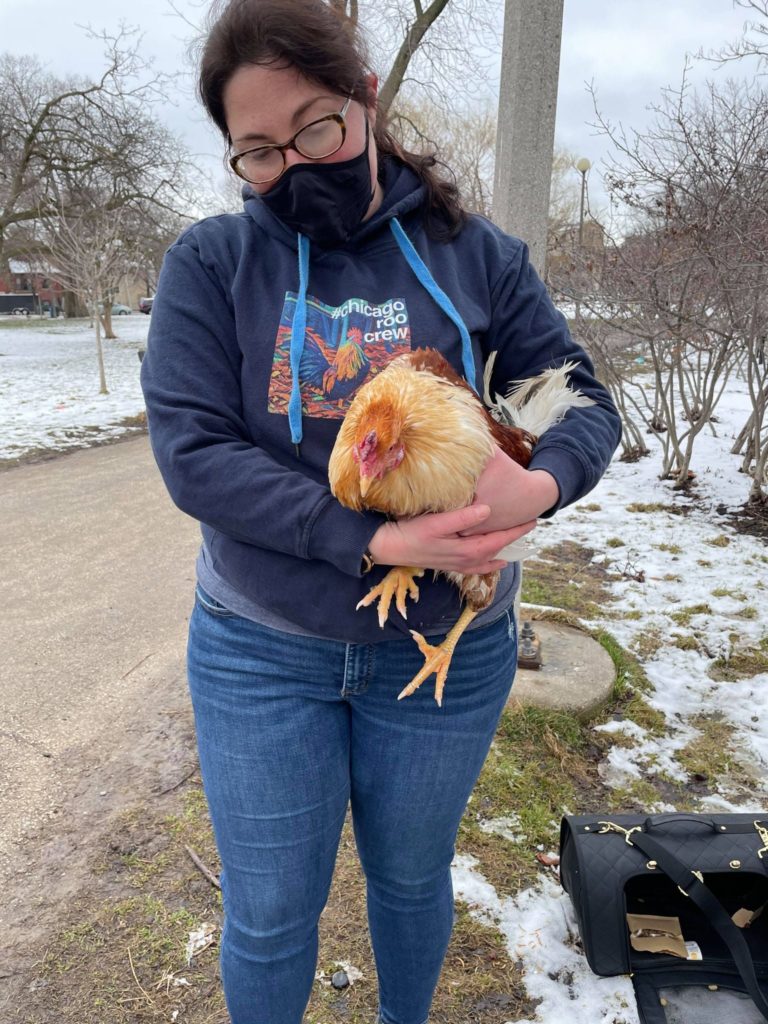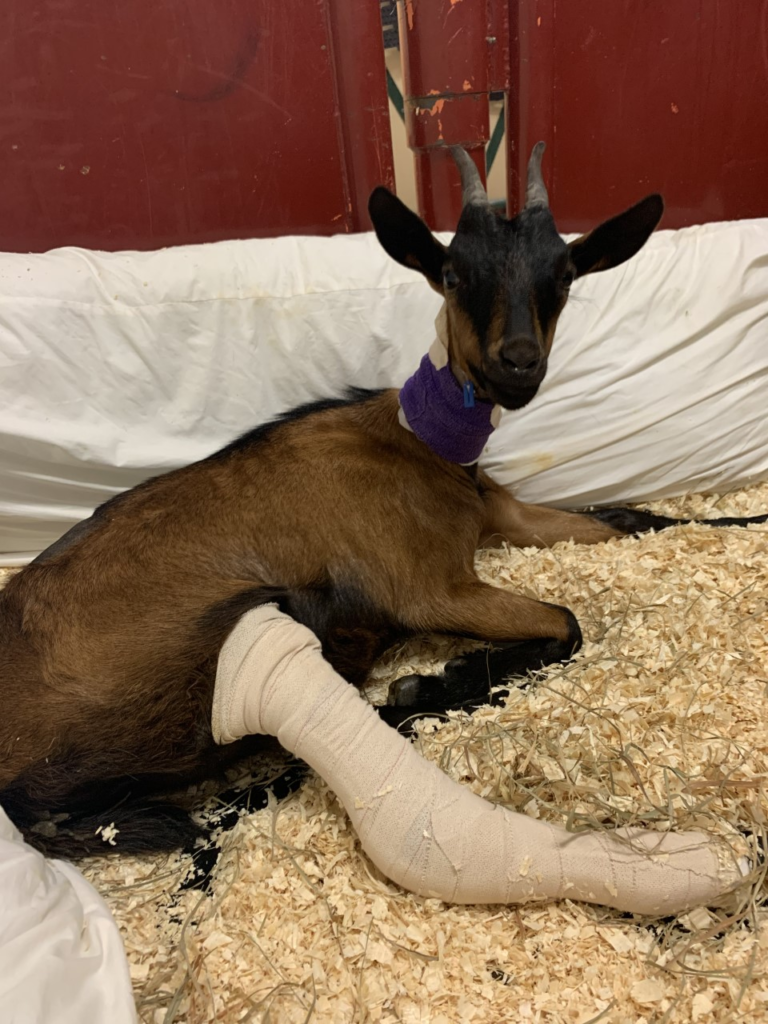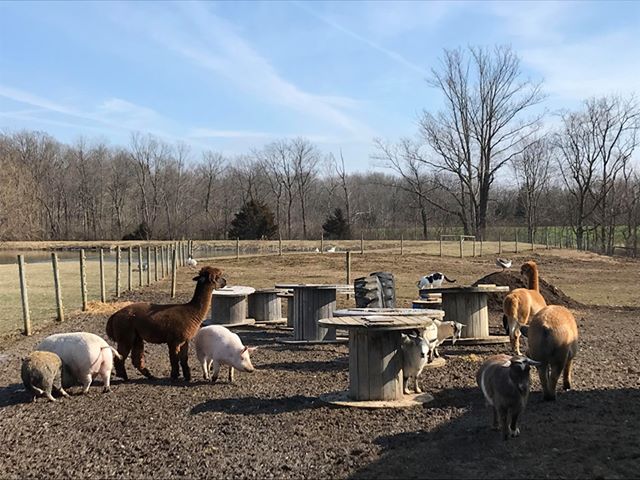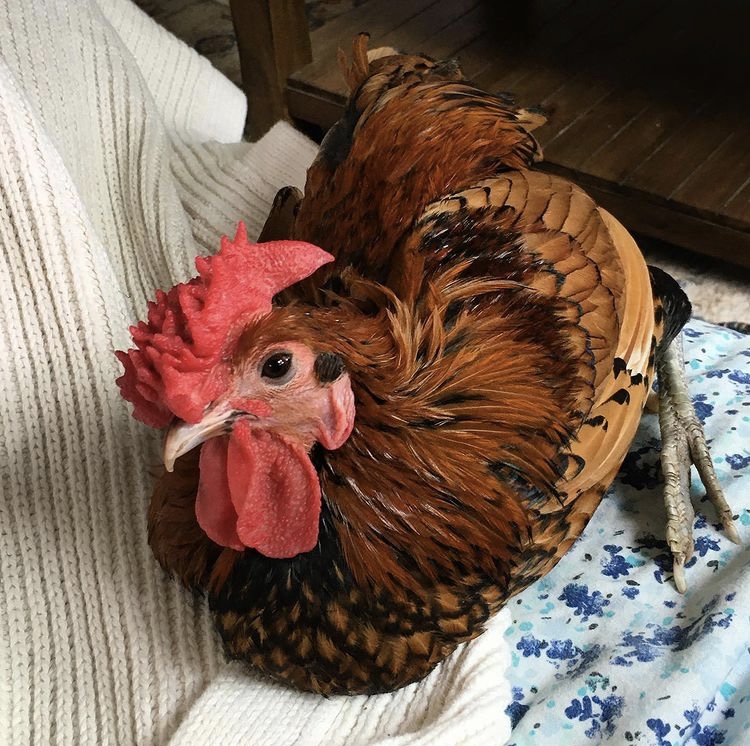
If you’re new to the world of animal care and advocacy, welcome! You might already have questions about terminology because there are so many different kinds of words used to describe care spaces for animals. What makes it even more complicated is that there is no overarching legal guidance defining these terms. If and when they are defined by law, this is typically on a state-by-state basis, and usually will only relate to the term “shelter,” discussed below. Thus, when it comes to terms like “rescue” and “sanctuary,” a myriad of different kinds of organizations have used them in different ways. While a comprehensive discussion of the nuances of each term can involve a lot of debate and differences of opinion, even among like-minded animal advocates, we think offering some general distinctions between commonly used terms may be helpful to newcomers!
First, it’s important to know that, just because a particular organization uses a certain term, what really defines their work are two things: the philosophy behind their mission statements, and even more importantly, the kinds of actions that they take towards the animals in their care. The alignment between an organization’s stated missionThe stated goals and activities of an organization. An animal sanctuary’s mission is commonly focused on objectives such as animal rescue and public advocacy. and its day-to-day actions is always an important thing to observe.
Also, keep in mind that many organizations that may have near-identical missions might use completely different words to describe themselves, and many organizations that have vastly different philosophies might have almost identical names! When looking at an organization that involves animals, you should critically look at their mission and practices, rather than just their labels in order to determine whether their work is the kind of work you want to do.
While this may seem very confusing, hopefully, the general guidance below can help you navigate some of those questions!
What Can “Rescue” Mean?
Starting with what is usually the first step to advocating for and directly caring for an animal, let’s consider the term “rescue,” which can be both a verb and a noun.
As a verb, we consider “rescue” to be the act of taking in an animal that is coming from a dangerous or unacceptable situation. For example, let’s consider a hypothetical example of a dumped rooster. In this case, the person who scooped him up might say, “I rescued Leo the rooster who was dumped in a forest preserve in a blizzard.” As a noun, “rescue” can also refer to an animal that has come from such a situation. For example, “Leo the rooster is a rescue.”
Or a “rescue” can also refer to an organization that helps secure animals from dangerous or unacceptable situations. For example, “I don’t know how to care for or deal with roosters, so when I saw one in the forest preserve, I called a rescue for help. Zenith Bird Friends caught Leo and took him to get him vet care, and helped find him a home.” In this case, Zenith Bird Friends would be Leo’s rescue.
As organizations, rescues may or may not have dedicated permanent infrastructure for housing animals. In the example of Leo the rooster, Zenith Bird Friends does not have any permanent buildings dedicated to the care of animals – they are a network of volunteers.

What Can “Shelter” Mean?
When most caregivers think about “shelters,” what they usually think of are either: municipal shelters, which are usually created pursuant to local statutes, and government-funded and maintained, or not-for-profit organizations funded by charitable contributions. In both cases, the organization will have a physical infrastructure in which homeless animals are cared for and offered for adoption.
Learn more about how sanctuaries can work more effectively with local animal shelters here!
What Can “Foster” Mean?
Like “rescue,” foster can be either a verb or a noun. As a verb, fostering refers to offering an animal a temporary home while permanent placement is being found. To continue with our example of Leo the rooster, while Zenith Bird Friends was able to rescue him and bring him to a vet, they don’t have a physical shelter. What they do have is a group of people who are willing to take birds into their homes and provide them with a safe space until they can find a forever home.
As a noun, “foster” can be used either to refer to either the animal being fostered, or the person who is fostering. In our example, Zenith Bird Friends found Liz, someone experienced with rooster care, to be his fosterer. And Leo is now Liz’s newest foster bird.
What Can “Rehabilitation” Mean?
Rehabilitation covers a gamut of activities around animal care. The term is frequently seen in the context of wildlife rescue. Consider the example of a case where a concerned bystander encounters an injured raccoon. Their best next step is to immediately contact a licensed expert, usually known as a wildlife rehabilitator, to determine what steps to take next to help this animal. Wildlife rehabilitators provide specialized care to such animals, generally with the aim to prepare them for release back to their habitat. In some cases, disabled animals who may not survive release back into their habitats may be kept safely in the care of the rehabilitator, and depending on permitting in the jurisdiction, may at times be used for educational purposes.

If You Find Wildlife In Distress
For more on what to do when you encounter a wild animal in need, please consult this resource. While it is aimed to advise sanctuary operators in cases where they have received a request to help wildlife, it has a great deal of valuable guidance for anyone encountering a wild animal in need!
Rehabilitation can also refer to the process of offering restorative or supportive care to a domesticatedAdapted over time (as by selective breeding) from a wild or natural state to life in close association with and to the benefit of humans animal. Returning to the example of Leo the rooster, because he was rescued from a forest preserve with no protection from the elements during a blizzard, he suffered frostbite to his comba fleshy crest on the head of the domestic chicken and other domesticated birds and toes. Zenith Bird Friends’ vet also diagnosed him with an upper respiratory infection. They prescribed medication and treatments for these conditions. As his foster, Liz administers these treatments to Leo until he is confirmed to be recovered and healthy by his veterinarians, and thus “rehabilitates” him until he is cleared to be adopted into a permanent home.

Finally, rehabilitation can also refer to the process of addressing behavioral issues. As an example, consider another hypothetical: Nutmeg, a badly abused Angora goat, was rescued by Winnemac Farmed Animal SanctuaryAn animal sanctuary that primarily cares for rescued animals that were farmed by humans. from a neglect situation at a poorly run farm. Having suffered poorly conducted and painful shearings of her coat at the hands of humans, Nutmeg is very distrustful and fearful.

After consulting their veterinarian to make sure that all of Nutmeg’s physical concerns are addressed, Nutmeg’s caregivers ask the vet for a referral to a veterinary behaviorist who can assess her, and consider what other measures can be taken to make her more comfortable. The veterinary behaviorist suggests a number of medications, measures to take during caregiving, and careful handling exercises that can be done with Nutmeg to help ease her fears. This kind of work can also be considered rehabilitation.
What Does “Sanctuary” Mean?
This is a much trickier question. Most people think of a sanctuary as a rural space, filled with many different kinds of species of residents. However, while there are many sanctuaries that fit this description, sanctuaries come in all shapes and sizes, and can be found in all kinds of places! A sanctuary can be focused on just a single species, and a sanctuary can also be as small as a single caregiverSomeone who provides daily care, specifically for animal residents at an animal sanctuary, shelter, or rescue. and a single resident, such as in the case of an urban microsanctuaryA microsanctuary is a small scale community of human and nonhuman (generally “unconventional or farmed”) animal companions, who live together in a chosen shared lifestyle and in commitment to ending the oppression of all beings. Microsanctuaries adhere to the notion that no nonhuman member of the community should “serve a purpose.” Microsanctuaries can exist in any context: rural, suburban, or urban. A microsanctuary can consist of as small a community as one animal and one human caregiver. For more information on microsanctuary please refer to the Microsanctuary Resource Center., where, for instance, a person might live with one rescued hen in an apartment.


You might ask: if you can’t define a sanctuary around size, is there something different about what they do that defines them? The answer is…yes, and no. Many animal sanctuaries do some or many of the things described above! Sanctuaries often rescue animals, provide them with shelter, have adoption programs, do rehabilitation for animals in need, and have foster programs.
Distinguishing a sanctuary from other kinds of animal care and advocacy groups can become a little more philosophical. It comes down to the question of whether the organization in question maintains a culture, philosophy, and strict policies that ensure their residents are not subjected to any kind of exploitationExploitation is characterized by the abuse of a position of physical, psychological, emotional, social, or economic vulnerability to obtain agreement from someone (e.g., humans and nonhuman animals) or something (e.g, land and water) that is unable to reasonably refuse an offer or demand. It is also characterized by excessive self gain at the expense of something or someone else’s labor, well-being, and/or existence.. Functionally, what this means is that nothing that comes from or off of a resident’s body is ever used to generate profit, nor are residents made to work or perform to generate profit, or to otherwise perpetuate a culture of animal exploitation or harmThe infliction of mental, emotional, and/or physical pain, suffering, or loss. Harm can occur intentionally or unintentionally and directly or indirectly. Someone can intentionally cause direct harm (e.g., punitively cutting a sheep's skin while shearing them) or unintentionally cause direct harm (e.g., your hand slips while shearing a sheep, causing an accidental wound on their skin). Likewise, someone can intentionally cause indirect harm (e.g., selling socks made from a sanctuary resident's wool and encouraging folks who purchase them to buy more products made from the wool of farmed sheep) or unintentionally cause indirect harm (e.g., selling socks made from a sanctuary resident's wool, which inadvertently perpetuates the idea that it is ok to commodify sheep for their wool)..
In this way, sanctuaries are fundamentally distinct from organizations such as zoosOrganizations where animals, either rescued, bought, borrowed, or bred, are kept, typically for the benefit of human visitor interest. or farmsFor-profit organizations focused on the production and sale of plant and/or animal products., for example. In a zooAn organization where animals, either rescued, bought, borrowed, or bred, are kept, typically for the benefit of human visitor interest., animals may be kept for “breeding and conservation purposes” or for “educational purposes.” They may be seen as “resources” to be “conserved and managed.” At a farm, animals may also be used for breeding purposes, or be seen and used as objects to obtain food, fiber, feathers or eggs, or to do other kinds of work for humans.
In a sanctuary, no resident is assigned a “purpose” of any kind, and they are not required to serve any larger function. Instead, it is the sanctuary’s primary goal to serve a purpose: providing residents with the best compassionate care available. Sanctuaries work to minimize both direct and indirect harm to residents. One question that is helpful in guiding decisions around these questions might be: will a sanctuary’s action primarily benefit humans or the resident in question? Sanctuaries aim to ensure that generally, the answer to that question is always: the resident.
Fundamentally, in both philosophy and in practice, in a sanctuary, residents are considered to be unique and valuable individuals, whose autonomyThe ability for individuals to have access to free movement, appropriate food, and the ability to reasonably avoid situations they wish to avoid. and comfort are prioritized first and foremost. A sanctuary space is a safe place for them to live out their lives with all of the compassionate care that is required – from vet care, to appropriate food and shelter, to enrichment – to allow them to thrive.
To read more about elements that define an animal sanctuary, check out our resource here!
More Resources To Consider:
This guide is intended as a starting point for newcomers to animal advocacy who are exploring distinctions between different kinds of caregiving organizations. We hope this general guidance is helpful for new advocates in understanding some of these differences. As you progress in your animal caregiving practice, you will no doubt learn more about the nuances and distinctions that various organizations in these matters. To get definitions of even more common terms used in the animal care and advocacy world, check out our glossary of common terms, found here. And to learn more about what we mean about philosophy of care, look at this resource. If you’re interested in microsanctuary, consider exploring the Microsanctuary Resource Center, whose principles may provide additional illumination on the question of sanctuary.
SOURCES:
What Defines An Animal Sanctuary? | The Open Sanctuary Project
What Does “Philosophy Of Care” Mean At The Open Sanctuary Project? | The Open Sanctuary Project








